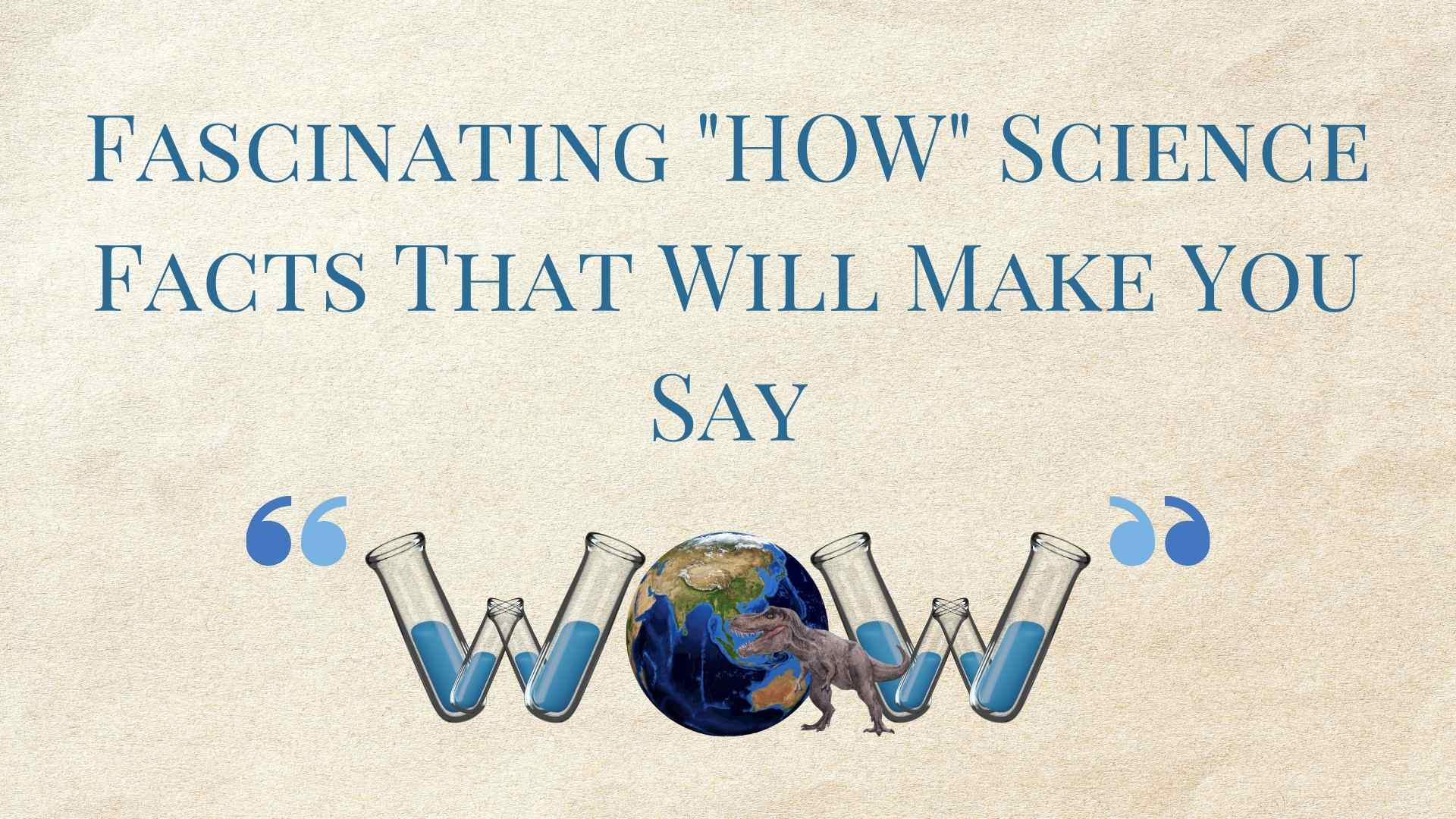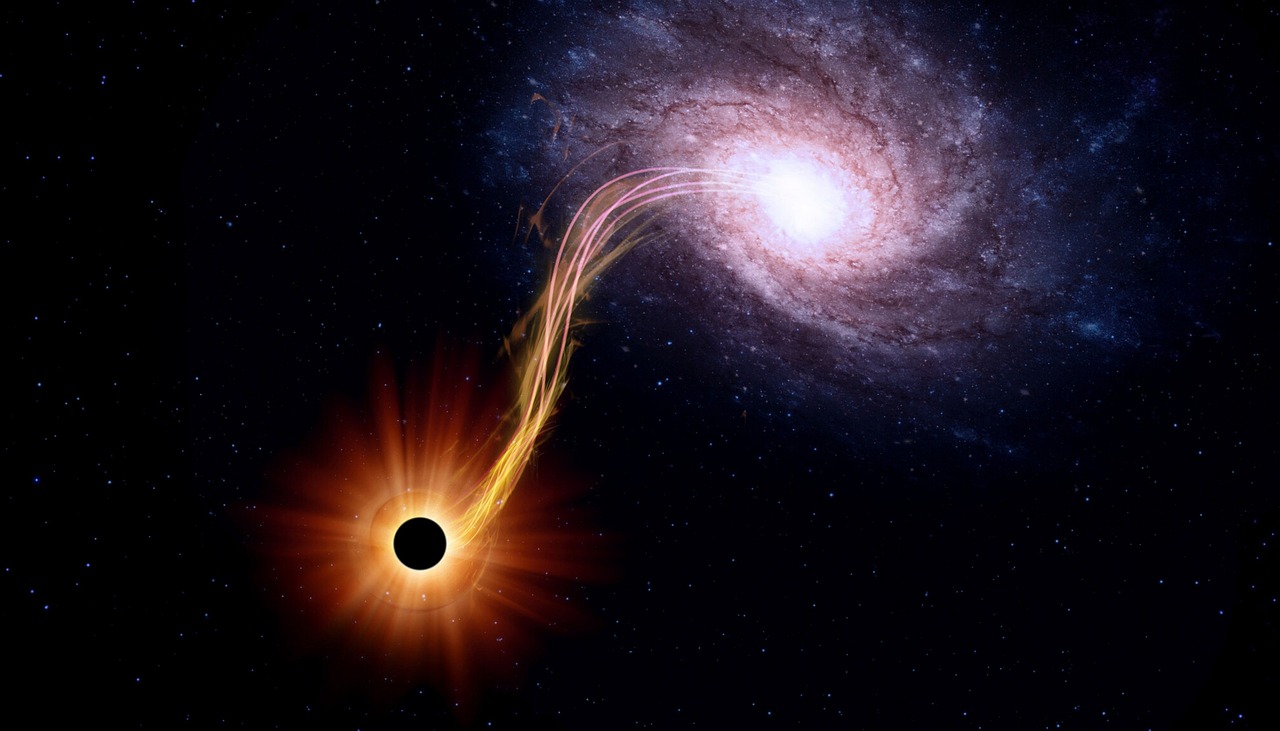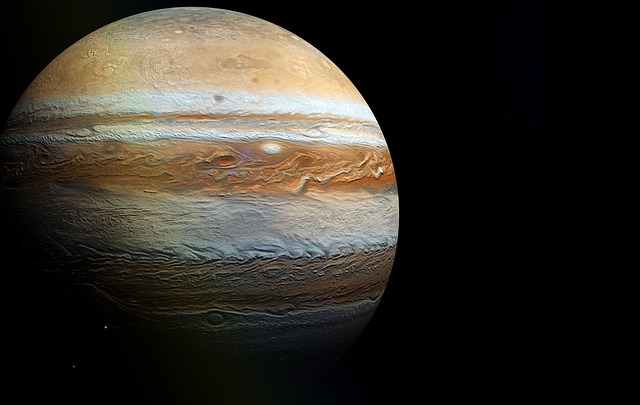
7 Fascinating “How” Science Facts That Will Make You Say “Wow!”
Introduction: Ever Wondered How Things Really Work?
Have you ever wondered how things really work, from the way our brain processes thoughts to how the universe is expanding? SimplyKnowHow is all about diving deep into the “how” of life, making science easy and fun to understand. Ready to challenge your brain and learn some fascinating “how” science facts? Let’s get started!
1. How Does the Universe Expand So Fast?
Did you know the universe isn’t just expanding — it’s accelerating?
It sounds impossible, but it’s true! The universe has been expanding ever since the Big Bang, but scientists have discovered that it’s expanding faster than before. This rapid expansion is caused by a mysterious force called dark energy, which makes up around 68% of the universe!
How does dark energy work? Honestly, scientists are still scratching their heads about it! It’s the biggest cosmic mystery of all, but we know that dark energy is pushing galaxies farther apart at a faster rate than gravity can pull them back together. So, in a way, dark energy is causing the universe to grow faster every second.
Imagine the universe as a balloon — now picture it inflating so quickly that even the stars can’t keep up!
2. How Does Your Brain Work Like a Supercomputer?
Did you know your brain is more powerful than the world’s top supercomputers?
That’s right — your brain is a natural supercomputer! Your brain contains about 100 billion neurons, each connected to thousands of others, creating an incredibly complex network that lets you think, feel, and remember. But here’s the cool part: how your brain works isn’t just through its complexity — it also works like a battery!
Your brain uses electrical impulses to send messages to the rest of your body. Every time you think, move, or speak, electrical signals are zipping across your brain, firing off neurons at lightning speed.
How does it store information? It’s like the world’s most sophisticated filing system — your memories and knowledge are stored in specific parts of your brain, making you a walking supercomputer of memories and abilities. And here’s the twist: Your brain’s consistency is about 98% water, which means you’re carrying around a Jell-O-like supercomputer every day!
3. How Did the T-Rex Look? Feathers, Really?
How could the terrifying T-Rex have had feathers?
The T-Rex is probably one of the most famous and fearsome dinosaurs, but here’s the mind-blowing thing: scientists believe young T-Rexes might have had feathers! Yeah, the mighty T-Rex, with all its razor-sharp teeth, may have looked more like a giant chicken than we ever imagined.
But how did scientists discover this? By studying fossilized feather impressions found in the bones of other dinosaurs closely related to the T-Rex. These relatives had feathers when they were young, and it turns out that the T-Rex probably did too.
So, the next time you picture a T-Rex, imagine a fluffy, feathery monster instead of a scaly one. How’s that for a new image?
4. How Do You Generate Electricity With Your Body?
How much electricity can your body generate?
Get ready for this: Your body can generate enough electricity to power a small lightbulb! Your brain and nervous system produce electrical impulses that keep your muscles moving, your heart beating, and your mind thinking.
How does it work? The electrical signals in your brain and body are sent through electrochemical reactions. This means that every time your brain fires a signal, it creates a small electrical charge. All of this combined generates around 20 watts of power when you’re awake, enough to light up a tiny LED light.
Imagine being a walking power plant! Next time you feel like you’re running low on energy, just remember that you’re literally generating electricity inside your body!
5. How Are There Alien-Like Creatures on Earth?
How can creatures that look like aliens exist on Earth?
Our planet has some of the strangest and most bizarre life forms you can imagine — creatures that seem like they belong on a different planet. Take the immortal jellyfish, for instance. It has the ability to revert back to its juvenile form after reaching adulthood, essentially allowing it to live forever. Sounds like science fiction, right?
How does it do this? When the jellyfish encounters stress or injury, it reverses its aging process and becomes a polyp again (its earliest life stage). It’s like hitting the “reset” button on life. This incredible ability means it can avoid death indefinitely. Imagine that: a creature that never grows old!
And then there are bioluminescent fish that glow in the dark at the bottom of the ocean, just like something straight out of a sci-fi movie. How do they glow? They use special proteins that react with oxygen to produce light — a process called bioluminescence.
So, while you’re debating whether aliens exist, just look deep into the ocean and you’ll find creatures that are weird enough to be aliens themselves!
6. How Does Taste Actually Work in Your Body?
How is taste more about smell than you think?
Here’s something you might not know: 80% of what you think is taste is actually smell! Yes, your sense of taste works hand-in-hand with your sense of smell. Ever wonder why food tastes bland when you have a cold? That’s because when you can’t smell, you can’t taste nearly as well.
How does it happen? When you eat something, odor molecules travel up to your nose, activating your olfactory receptors. These receptors help create the full “taste” experience. So, while you might think you’re only tasting food with your tongue, your nose is working hard behind the scenes, too.
Next time you’re enjoying a meal, hold your nose and try it — you’ll notice how much your sense of smell is tied to how your food tastes.
7. How Do Planets Have Water (and How Could We Live There)?
How do scientists find water on planets light-years away?
Water is essential for life, and it turns out water exists on planets beyond Earth! Scientists have discovered water in the form of ice on planets like Mars, comets, and even exoplanets orbiting other stars.
How do we know? Telescopes and satellites like NASA’s Hubble have detected traces of water vapor in the atmospheres of distant planets. Some of these planets, like Exoplanet K2-18b, are in what scientists call the habitable zone — meaning they might have the conditions to support liquid water, and therefore, life.
Who knows? One day, we might be harvesting water from space! The idea of humans living on Mars or other planets seems more possible every day, thanks to discoveries like these.
Conclusion: Now You Know How the World Works!
Congratulations! You’re now a science genius who knows exactly how some of the most mind-blowing phenomena work, from the expanding universe to the alien-like creatures deep in our oceans. The next time you’re in a conversation, just drop one of these facts and watch your friends’ jaws hit the floor!
Got a “how” science question you’ve always wondered about? Drop it in the comments below, and let’s explore it together right here on SimplyKnowHow!





